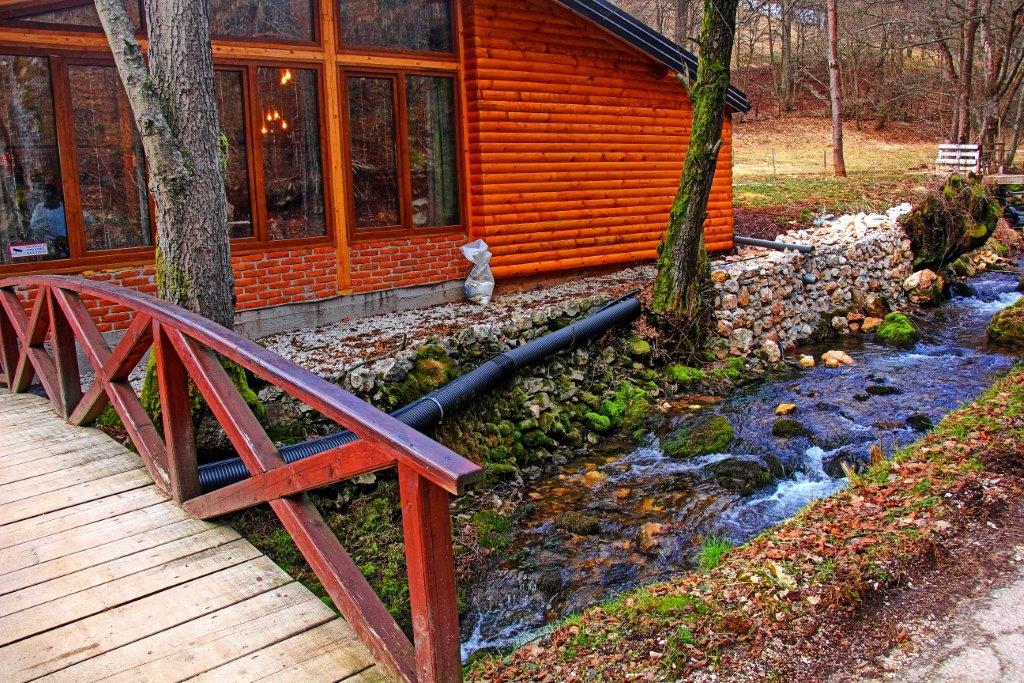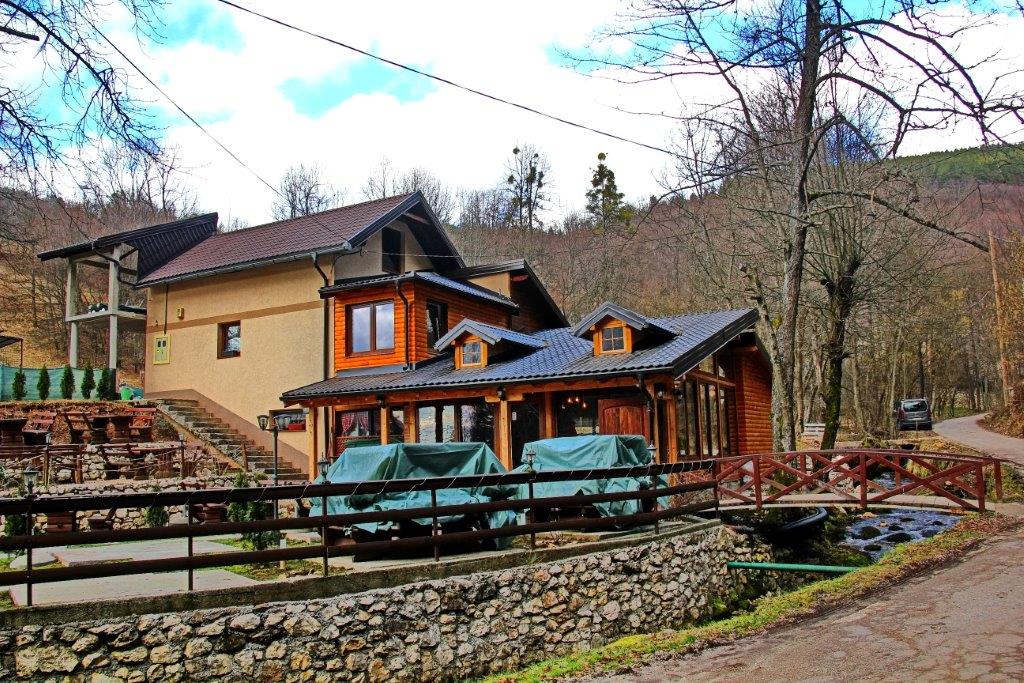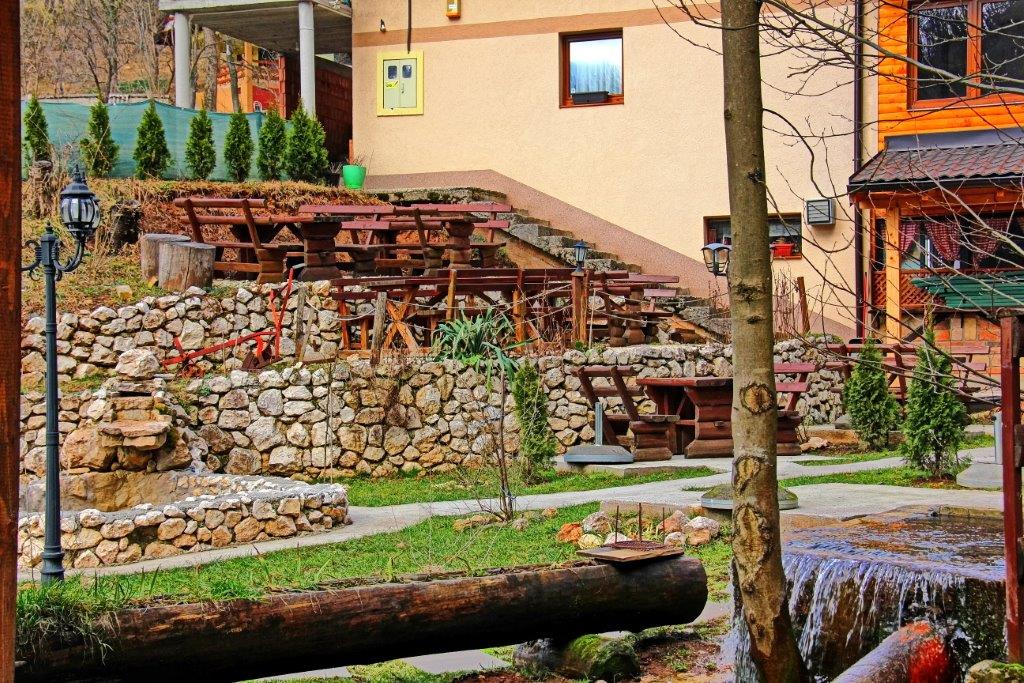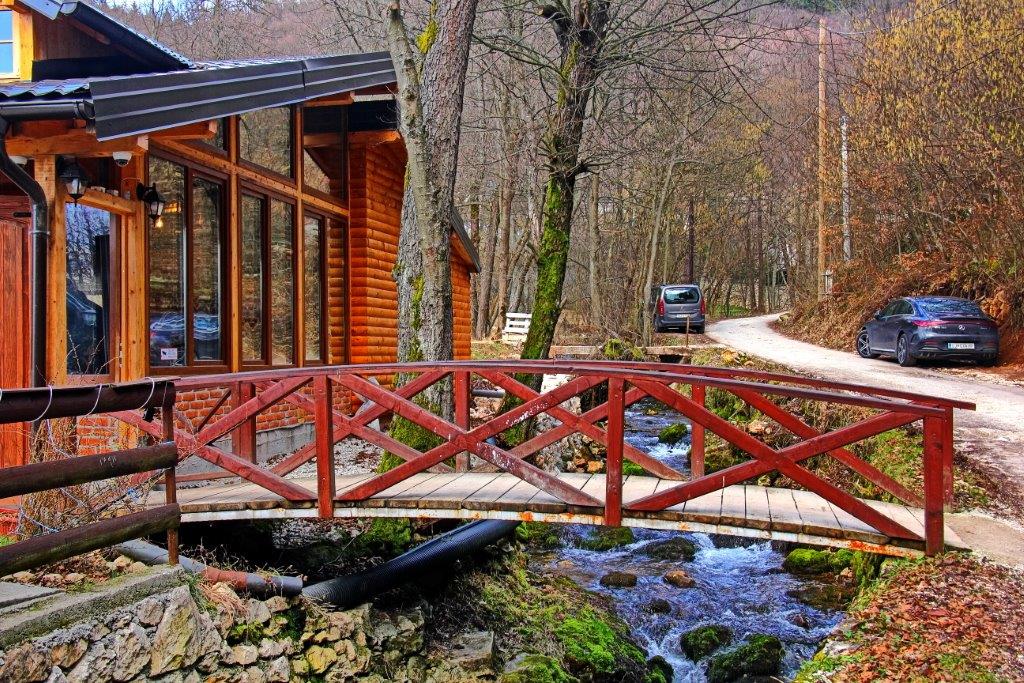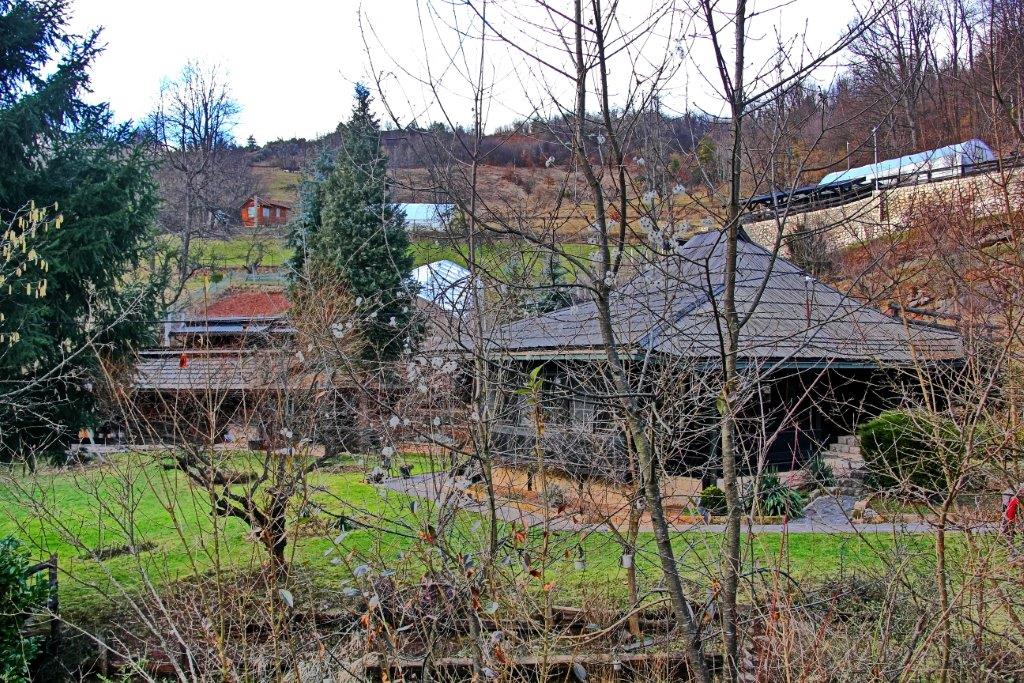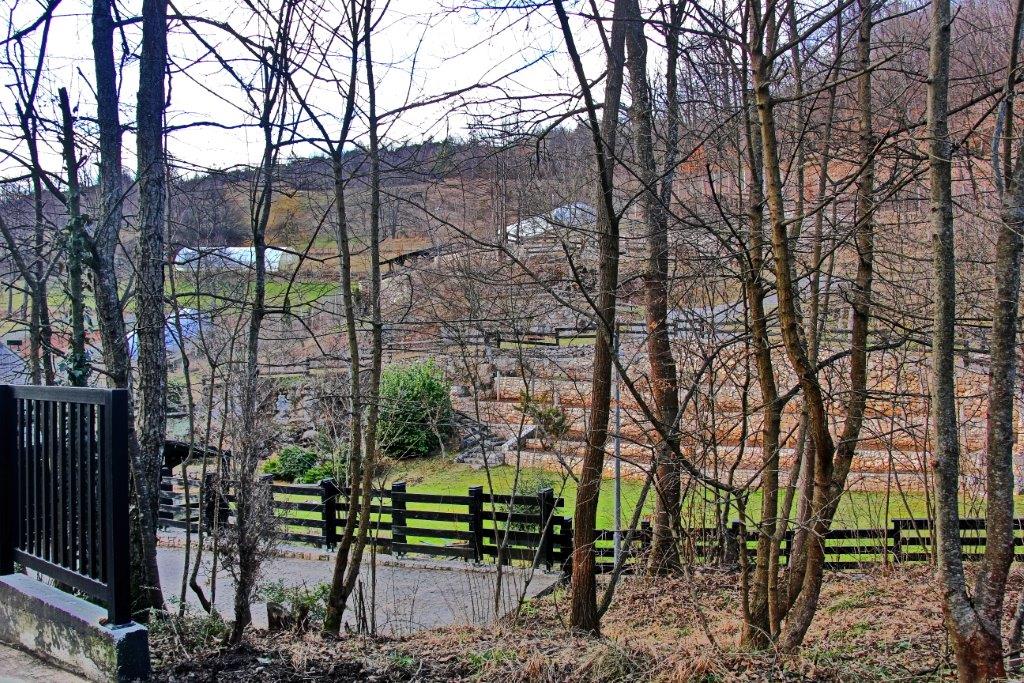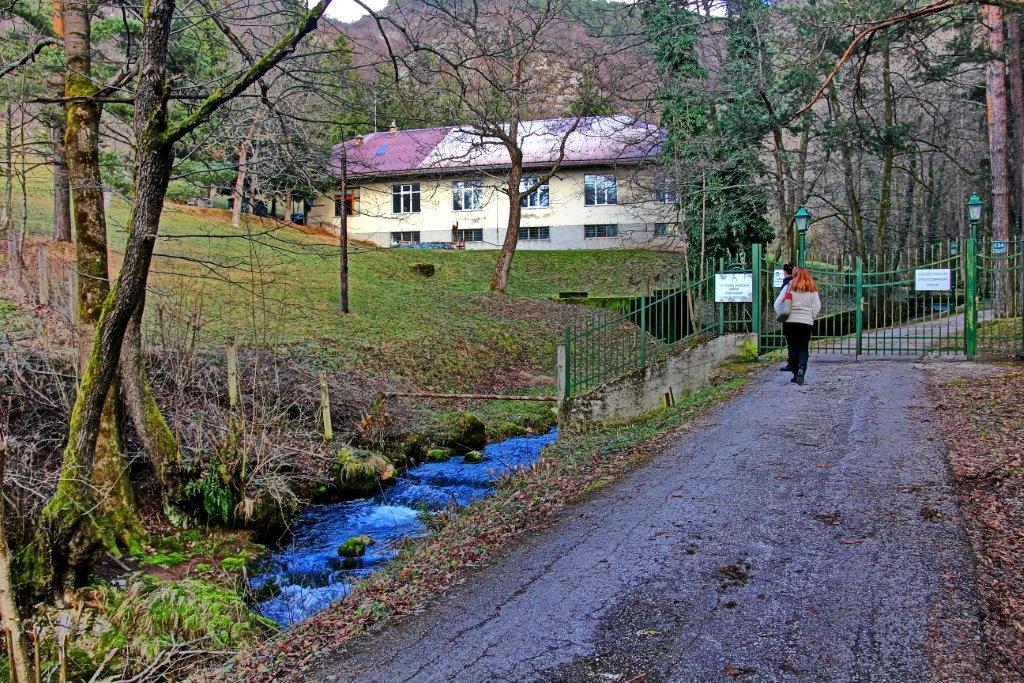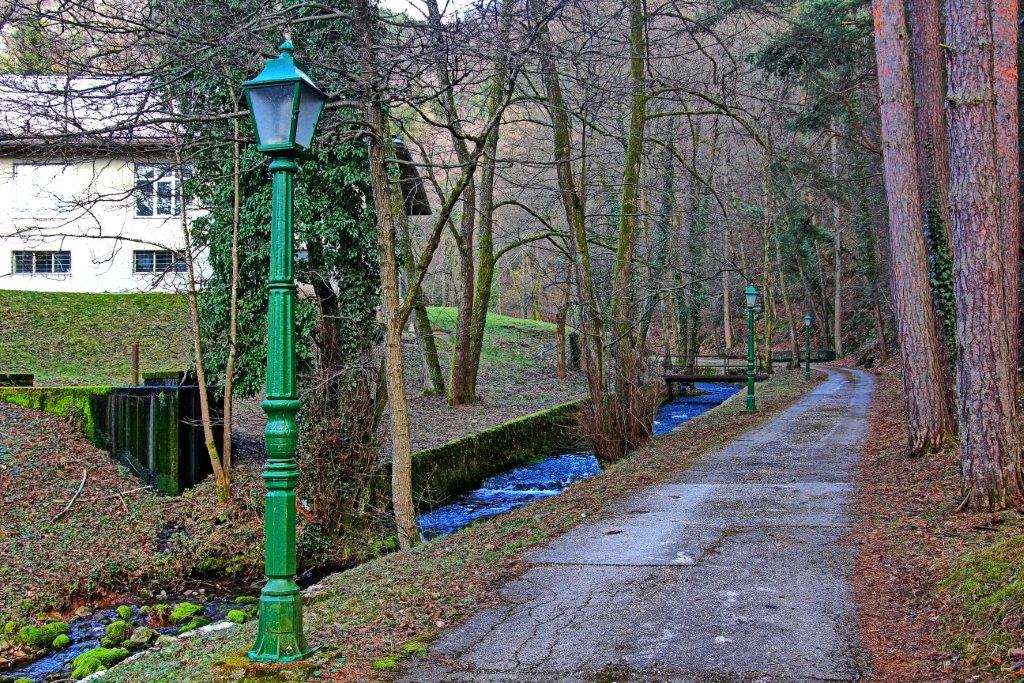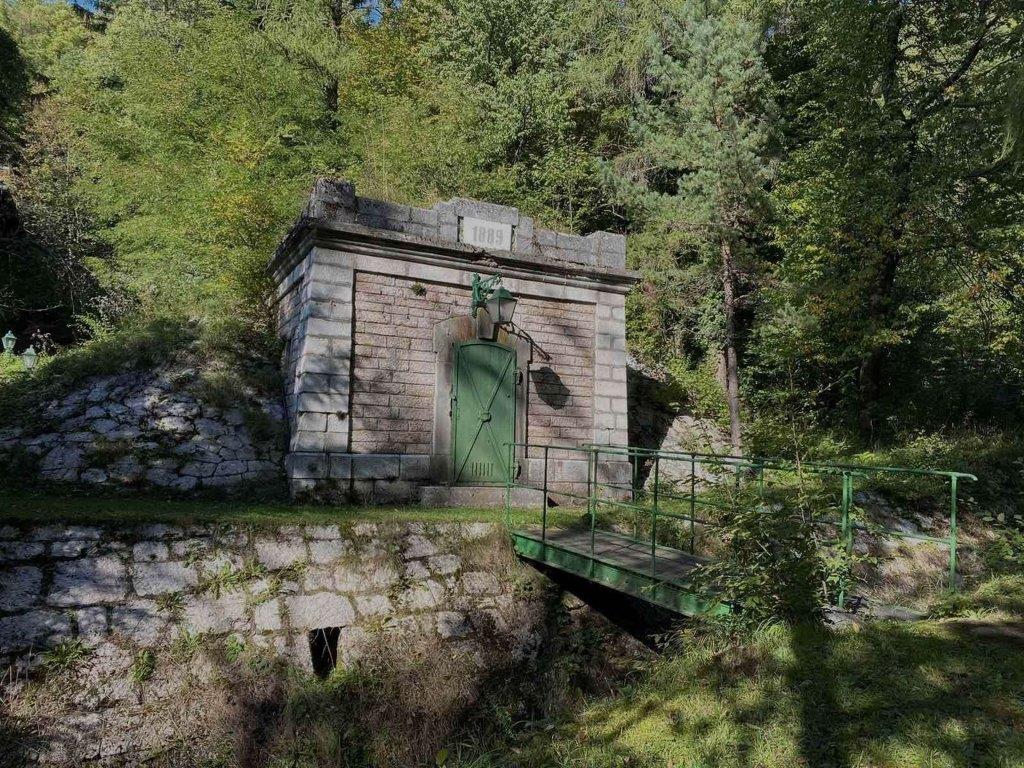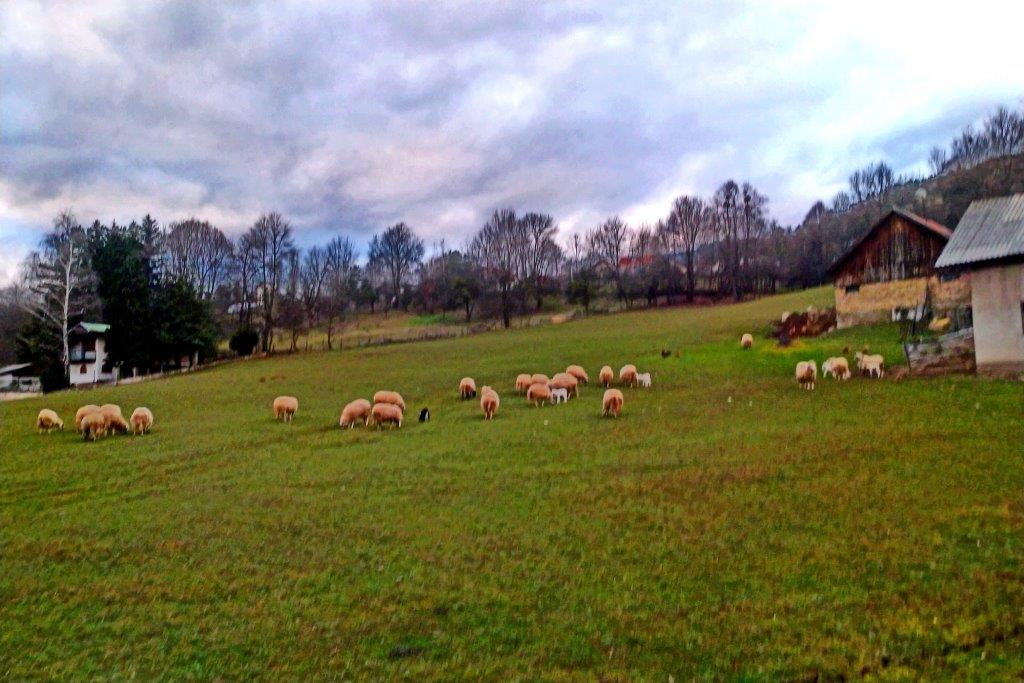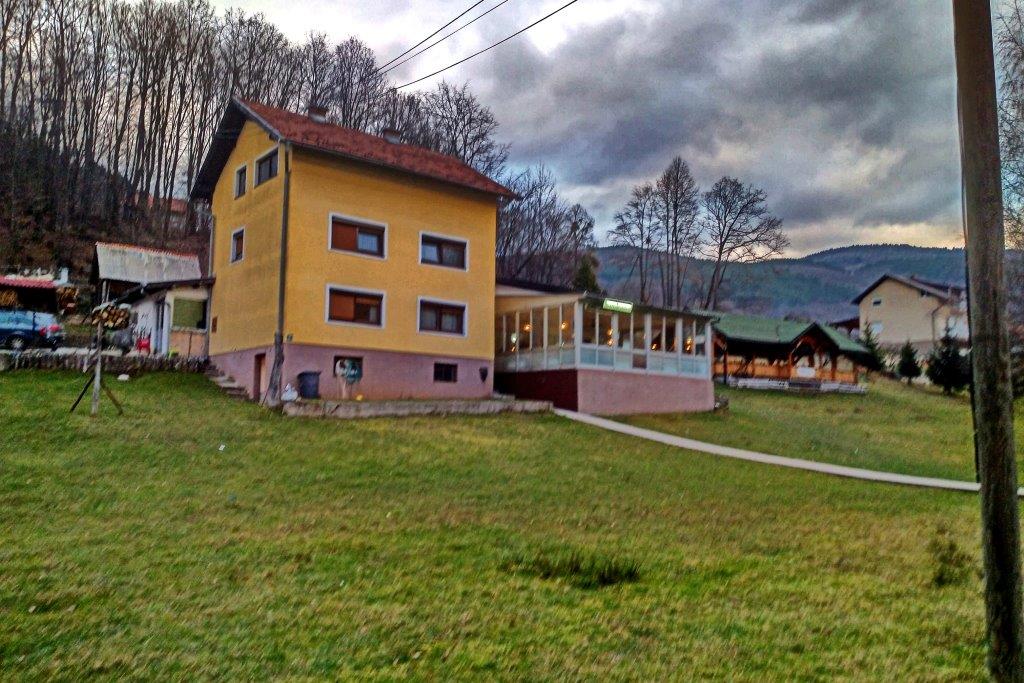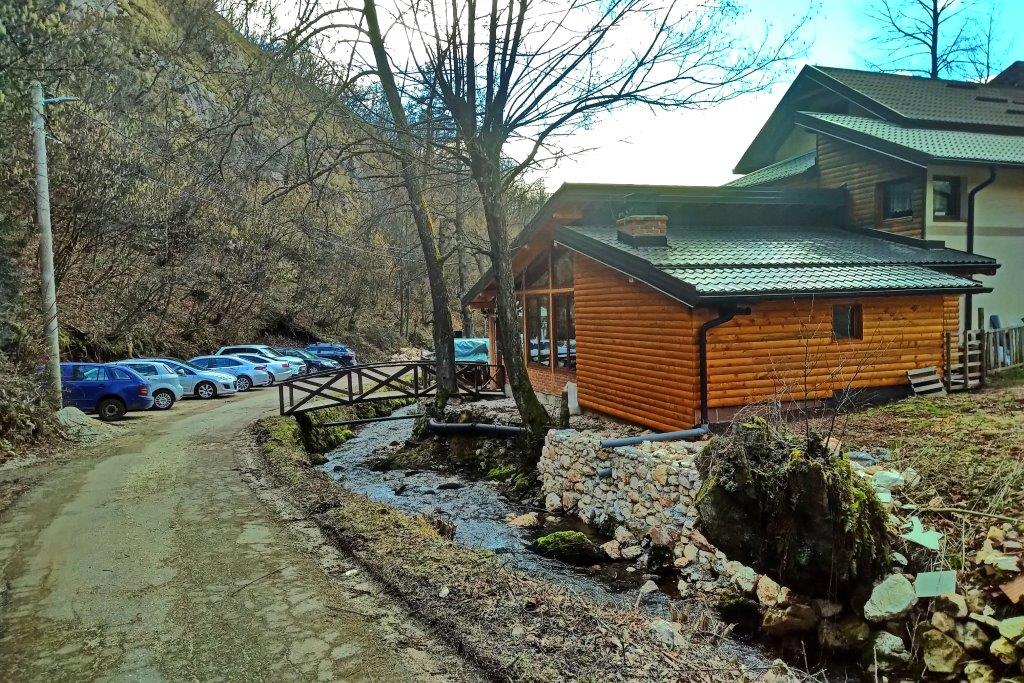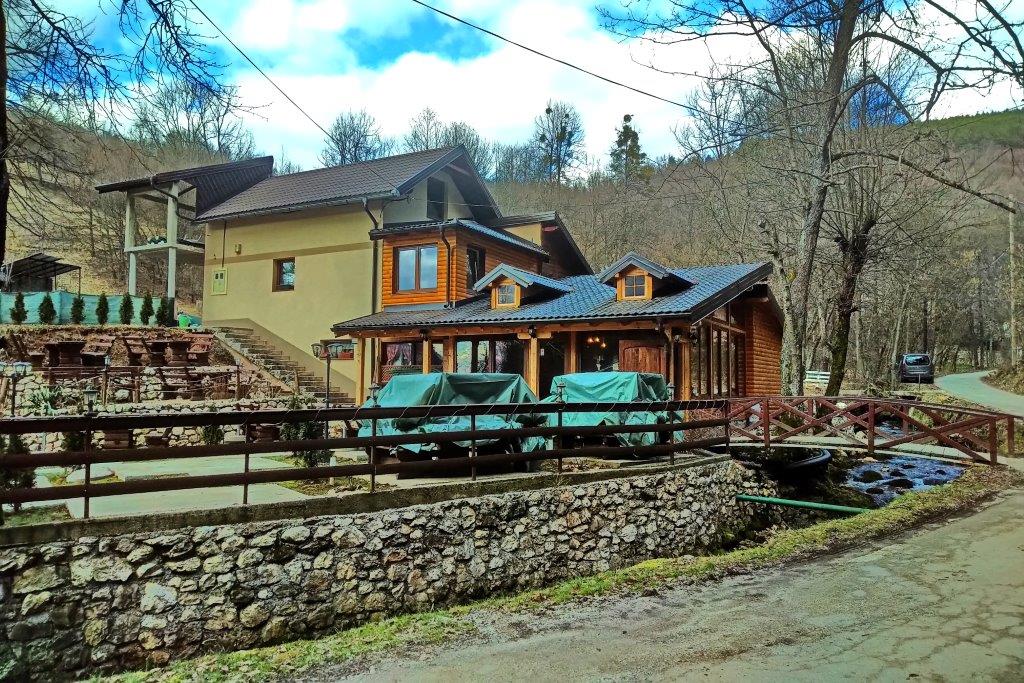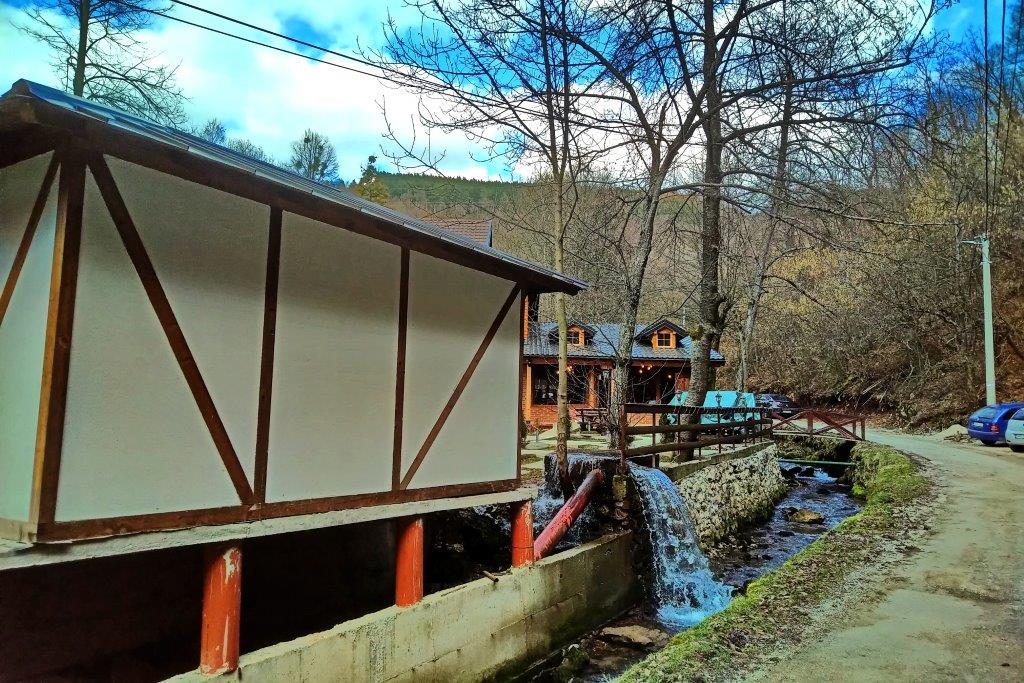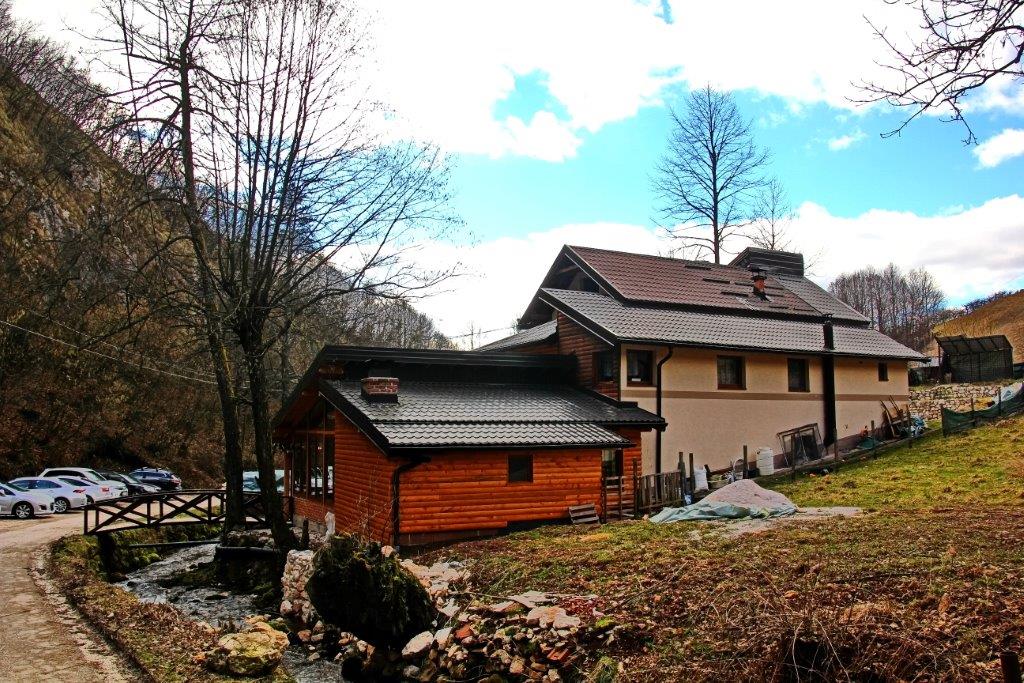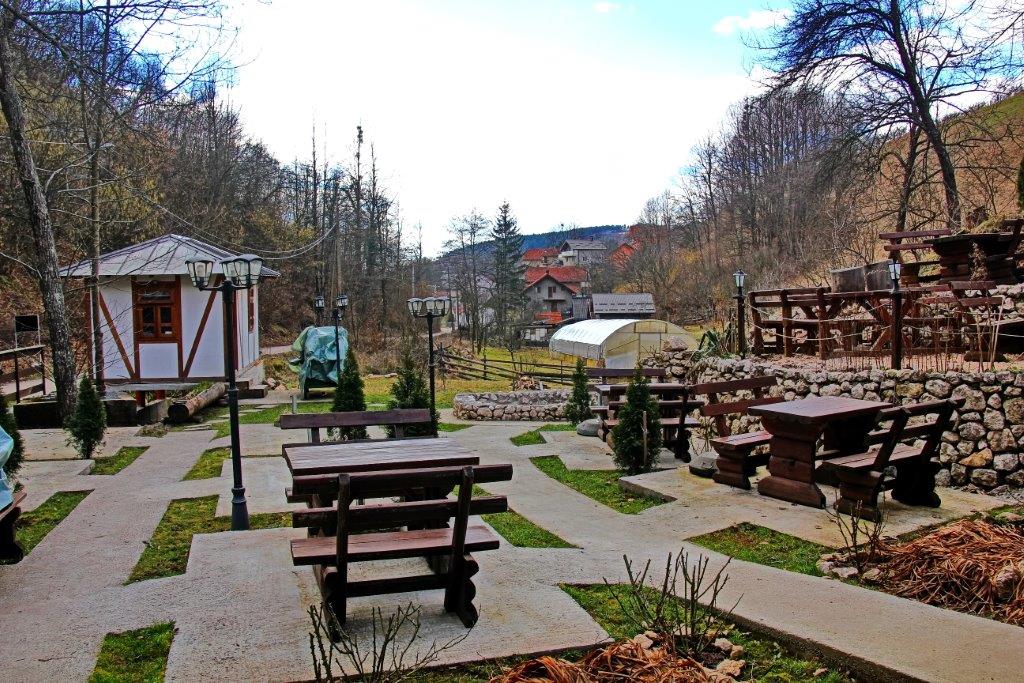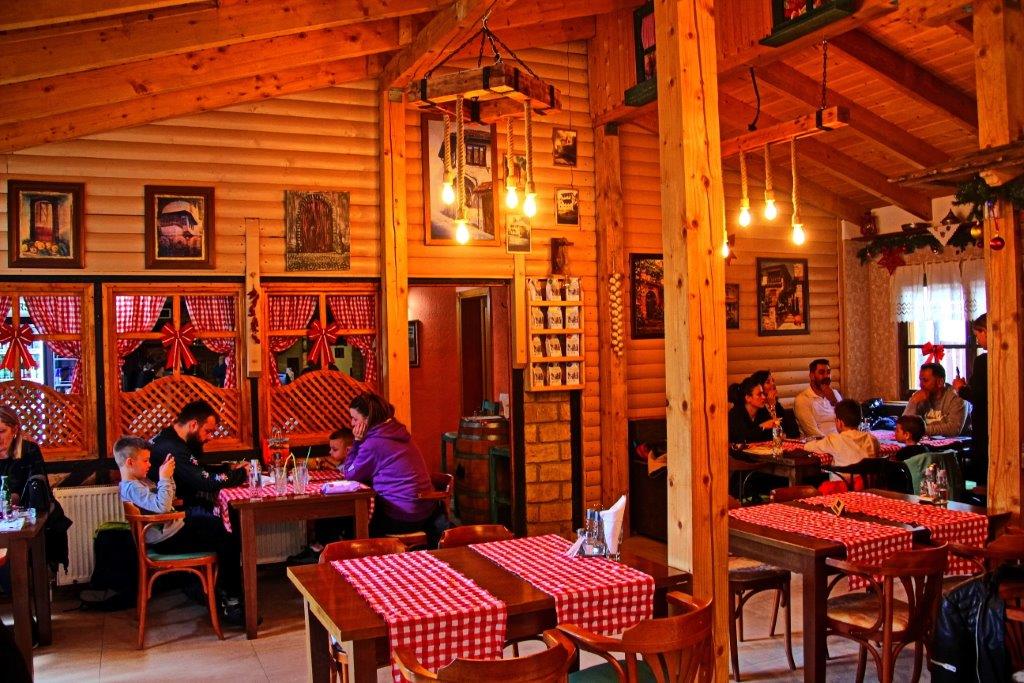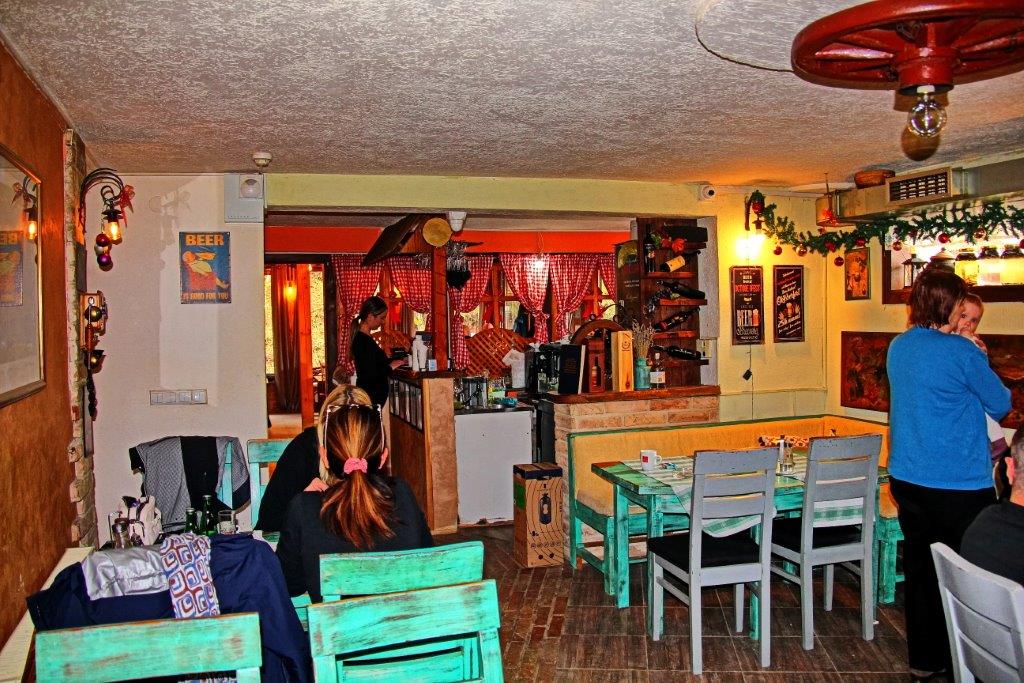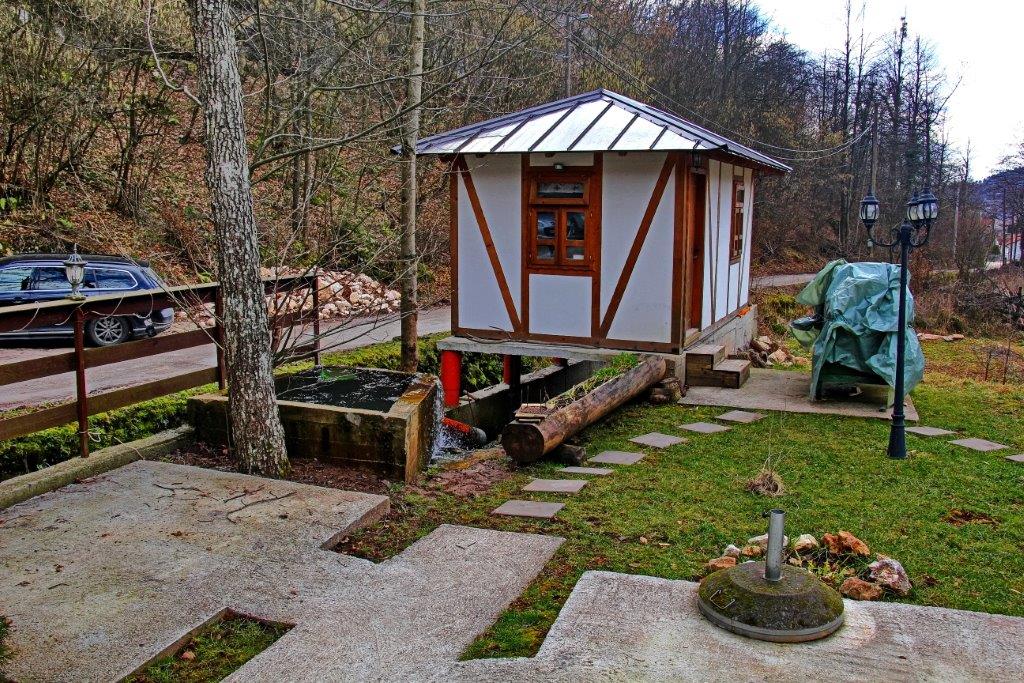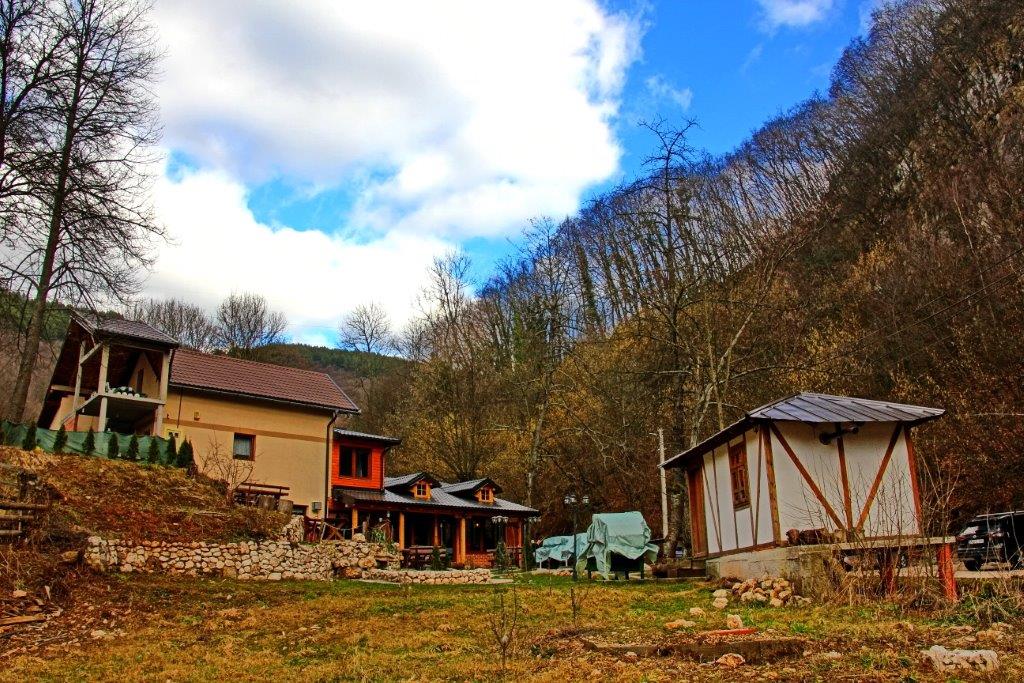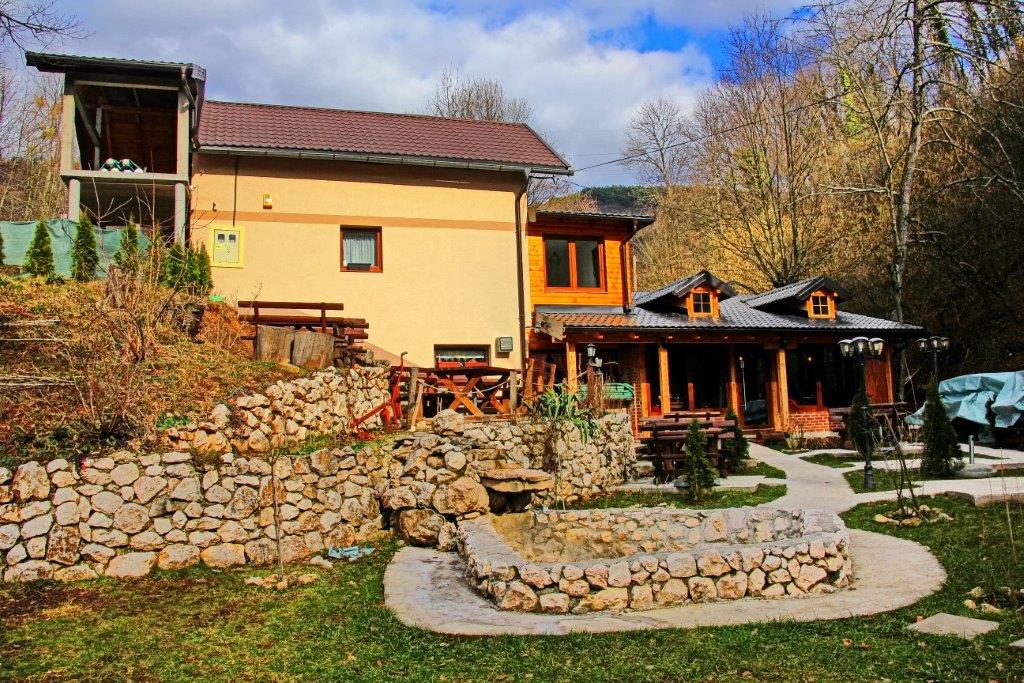Ancient Sarajevans used the location of Mošćanica Spring and its beauty as a picnic spot during the Ottoman era. It is much smaller than Vrelo Bosne, but there is no difference in beauty. Vrelo Mošćanice can be reached via Faletići; pass the lodge Dom Faletići and the turning towards the cemetery and turn right towards Vrelo.
After a few hundred meters there is the Pucan restaurant and farm (known for its good lamb, and they supply yogurt and cream to a good number of ćevap shops in Baščaršija), and then along a relatively narrow road to the Vrelo Mošćanice restaurant. A little further is the Vrelo area itself, which is not accessible to ordinary visitors because it is fenced off as a water protection area.
Vratnik Settlement
Mošćanica once flowed down Vratnik. How!? Legend has it that Sultan Fatih, upon arriving at Bakije (Vratnik), at the very pass, asked the owner if he could let the water from the spring (Faletići) flow day and night through her yard and garden. After some time, she asked him “so why doesn’t it stop?”
– Eh, we agreed day and night – he answered.
As with the arrival of the Ottomans in Bosnia, the more intensive development of the city of Sarajevo began, the need for drinking water also appeared. The construction of public water supply and public fountains begins, and the Mošćanica river was the most suitable for this purpose, due to its proximity and pristine purity. In the period from 1478 to 1540, the Bosnian Sandžak bey Skender-bey, for the needs of the residents of that time, led a branch of the Mošćanica river through the settlement of Vratnik towards the city in a length of three kilometers.
The famous architect and chronicler of Sarajevo, Mufid Garibija, points out that the name Mošćanica is derived from the word musk, because the city’s population noticed the special smell of the water due to the limestone that gives it color.
– It was around Mošćanica and its spring that the village of Faletići (faliti-to praise) was built, that is, “praiseworthy”. During the short half-year construction period of the Mošćanica waterworks, the Austro-Hungarians also built stone reservoirs, beautifully integrated into the space. The largest among them was in Jekovac and had a volume of 1,100 cubic meters. Water from these reservoirs was used for drinking, cleaning, and maintenance of the sewage network. Mošćanica is special, it is not an ordinary waterfall, its source comes from a cave, below Hreša, the area is inaccessible to explore. The Mošćanica reservoir, which has a slightly curved tunnel, more than 50 meters long, was excavated, and then lined with hewn limestone along the vaults and the path to the spring in the tunnel, as well as a small trough – says Garibija.
Očarani ljepotom Vrela Mošćanice, o njoj su pjevali i takvi doajeni sevdalinke kao Zaim Imamović ili Zehra Deović.
Impressive building
According to him, this imposing building, shaped in hewn stone, is a unique scene in Sarajevo and only a few have seen it. So much care was taken that at one point the Austro-Hungarians made a hole in the ceiling of the tunnel and illuminated the two waterfalls of Mošćanica with natural light, so that the dispatchers could redirect Mošćanica towards the reservoir, i.e. towards the stream, with a flap.
In the reservoir at the very source, part of the water was taken into the city’s water supply system, which is still in operation today. The rest of the water from the river Mošćanica flows through the garden of the current Vrelo restaurant and continues through Faletići. According to the stories of elderly from this area, along the riverbed there were several watermills that were shut down over time, so Mošćanica was only now used again in the restaurant to operate the watermill, the first in the Old Town, and to irrigate the fishpond.
Every first Saturday in February, for the past six years, the traditional Bosnian delicacy ćetenija has been made in this very place. Various grains, barley, corn, rye, wheat are milled at the mill, and restaurant visitors are offered only homemade products made from the flour of the mill that grinds grain in the old-fashioned way. Fascinated by the beauty of Mošćanica, such doyens of Sevdalinka song as Zaim Imamović or Zehra Deović sang about it.
Author: Tarik Dreca


